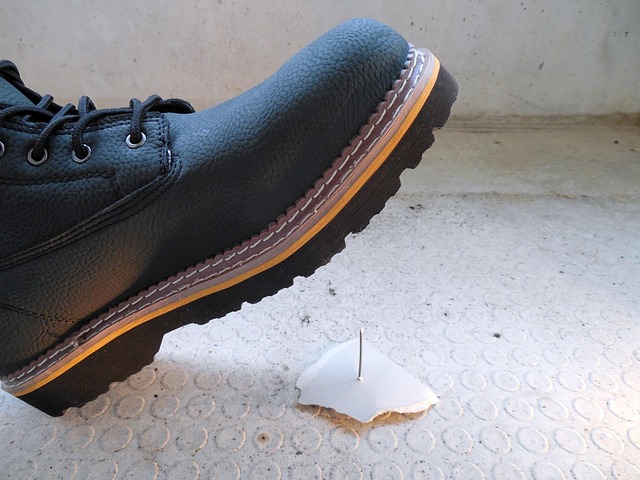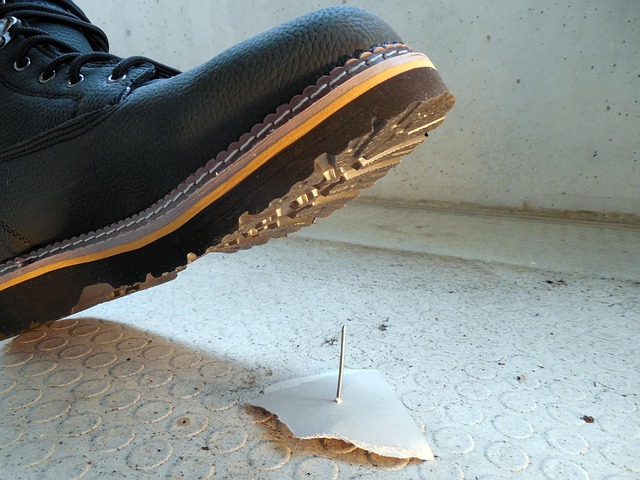After a logging truck accident, immediate and thorough evidence preservation is essential for accurately assigning fault. This involves documenting the scene, collecting witness statements, securing physical evidence like damaged vehicles and logs, and utilizing advanced tools such as 3D mapping technology. Data collection includes black box recordings, damage assessments, and maintenance history to establish speed, braking dynamics, and contextual details. This comprehensive approach expedites insurance claims, injury compensation, and legal accountability, ensuring a faster resolution for all parties involved, especially those with slip and fall injuries. Environmental factors like road conditions, weather, and equipment handling must also be considered for a complete incident reconstruction.
In the event of a logging truck accident, preserving and examining evidence swiftly can be pivotal in establishing fault and ensuring justice. This article explores the critical role of evidence collection at logging truck crashes, focusing on three key aspects. We delve into strategies for preserving critical evidence at such accidents, examine how accidental data aids in quick fault establishment, and discuss efficient investigation methods to uncover the truth behind logging logging truck accident scenarios.
- Preserving Critical Evidence at Logging Truck Accidents
- Quick Fault Establishment: The Role of Accidental Data
- Efficient Investigation: Uncovering Truth in Logging Crashes
Preserving Critical Evidence at Logging Truck Accidents

In the aftermath of a logging truck accident, preserving critical evidence is paramount to establish fault quickly and accurately. This includes documenting the scene with detailed photographs, collecting witness statements, and securing any physical evidence like damaged vehicles or logs. The initial response team should ensure that nothing is moved or altered until professionals arrive to gather data using advanced equipment, such as 3D mapping technology, which creates an accurate digital duplicate of the crash site. This meticulous process helps reconstruct the accident, enabling investigators to identify contributing factors and determine liability.
Moreover, preserving evidence involves careful handling of potential defective products, like brakes or tires, that might have played a role in the collision. An experienced accident lawyer can guide victims through this process, ensuring their legal rights are protected. Proper documentation and preservation of evidence significantly strengthen cases against at-fault parties, facilitating quicker resolutions and fair compensation for victims, especially when seeking legal representation.
Quick Fault Establishment: The Role of Accidental Data

In the event of a logging truck accident, the data generated by the incident plays a pivotal role in quickly establishing fault. This includes the vehicle’s black box data, which records speed, braking patterns, and other critical parameters, offering concrete evidence to determine liability. Additionally, witness statements and damage assessments provide crucial insights into the sequence of events, further accelerating the process of identifying the at-fault party.
Rapid fault establishment is essential in logging truck accidents due to the often complex nature of these incidents. Having a robust data collection system allows for efficient insurance claims processing and quicker accident compensation for those injured or affected. Moreover, it aids in reducing legal complexities, as clear evidence ensures that individuals responsible are held accountable, facilitating smoother resolution for all parties involved, including those seeking redress for slip and fall injuries.
Efficient Investigation: Uncovering Truth in Logging Crashes

In the event of a logging truck accident, an efficient investigation is paramount to uncover the truth. Quick response times and meticulous documentation are crucial factors in determining fault. The aftermath of such crashes often involves complex scenarios, from assessing damage to gathering witness statements. A personal injury attorney specializing in these cases understands the significance of each detail. They will meticulously examine evidence like vehicle black box data, log records, and maintenance history to reconstruct the incident accurately.
The investigation process should also consider the role of environmental factors. Unlike slip and fall injuries or real estate disputes, logging accidents can be influenced by unique variables such as road conditions, weather patterns, and the handling of equipment. By thoroughly analyzing these aspects, investigators can provide a comprehensive account of what transpired, ensuring justice for all parties involved.
Logging truck accidents can have severe consequences, making efficient evidence preservation and investigation crucial. By quickly collecting and analyzing data from these incidents, fault can be established more accurately and swiftly. This not only facilitates faster insurance claims and legal processes but also ensures that unsafe practices are identified and addressed to prevent future occurrences, enhancing overall safety in the logging industry.






